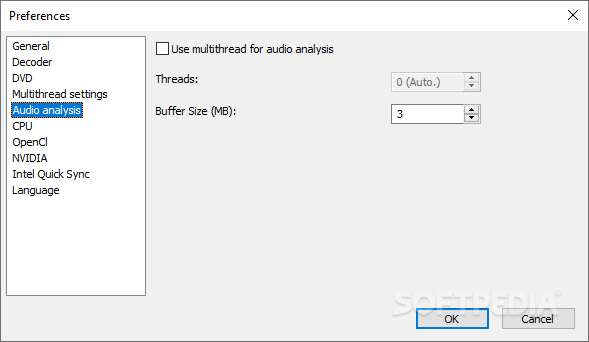
For Edius no calculation in the parts when it sees the HQX file and only recalculation in the modified section. After correction done, I export the complete Timeline again in HQX. so Edius can see again only this zone wich has to be modified. When a correction is necessary, I first cut the zone of the correction of the HQX file. I put the result on a V track above all others so that Edius can only see the above track.

In a complex editing timeline I made the first export in HQX. I have search the white pages in French to beter understanding but did not found it. I knew this chart and was optimist with HQX. Please see the attached chart for the main differences The HQX whitepaper has a lot of good info on the codec and comparisons to others. HQX requires codec installation on a Mac, but the codec pack for it is a QuickTime 7 pack, and Apple has dropped QuickTime 7 on OSX several years ago, so playback in newer OS versions is not as easy or as good, and likely only available via VLC. HQX does have Alpha support in the 4:2:2 market which is a nice feature that the others don't have until getting into the 4:4:4:4 variants.Īs mentioned by Anton, ProRes is a more universally usable codec, with native playback support in Mac, Windows, and many Linux builds. HQX does not have a 4:4:4 variant, and it can't support higher than 10bit, so this is where ProRes wins.

Personally I think that HQX is a little better than ProRes in the the 4:2:2 variants, especially with the ability to actually adjust the compression with the controls in the codec settings, and better "multi generation" loss performance.


 0 kommentar(er)
0 kommentar(er)
